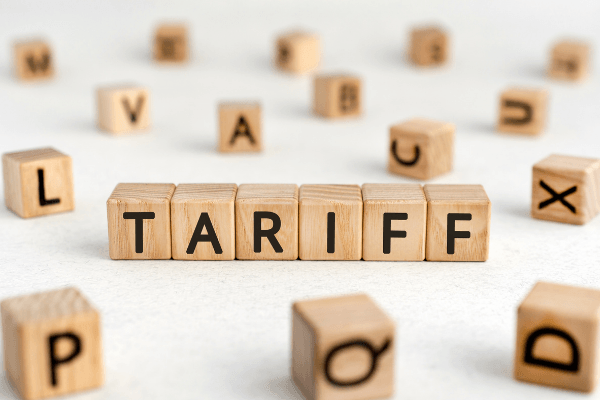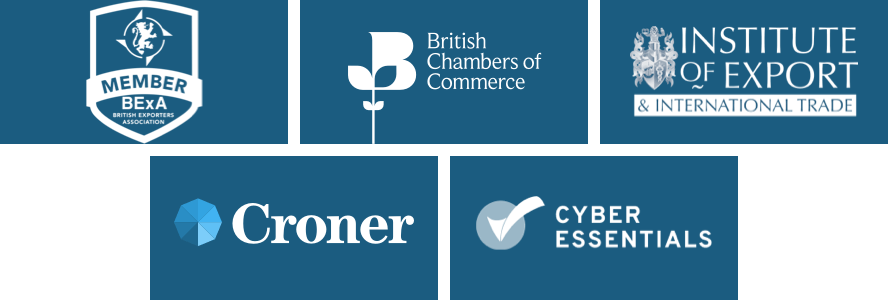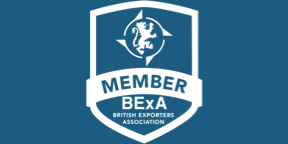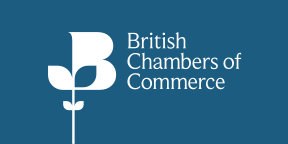BY:
SHARE:

Tariff Classification can be a complex area at the best of times. However, after listening to many clients, we understand that products within the Aerospace industry can be more complicated than most. Numerous horror stories exist regarding levels of poor Tariff Classification, and even more disturbing is what can come at audit when these mistakes are found.
So, what are the requirements to classify goods correctly? In this article, I will guide you through the steps so you can ensure compliance when classifying the aerospace products within your business.
Since the 1st of Jan 2022, the World Customs Organisation (WCO) introduced a significant change to the tariff. This change impacted the Aerospace industry by removing the tariff and heading number 8803 and replacing it with 8807.
Within the Aerospace industry, I have noticed again that there is a tendency to use the generic commodity code of 88073000 99, which covers spare parts for items used to repair/maintain aircraft. It is essential to understand that applying the General Interpretive Rules (GIRs) is important within Tariff Classification.
For example, General Interpretive Rule 1 provides that the classification is determined principally by the terms of the headings and the relative section or chapter notes. Take a steel bolt, for instance, that was designed to fit into an aircraft; you may think easy, an aircraft part. However, it cannot be classified as an aircraft part under 88073000 99 unless it has been specifically designed for an aircraft and cannot be used for any other function.
Why? You may ask. Regardless of their use, steel bolts are classified under the 7318 heading. However, if it can be used on an aircraft, it should be accompanied by an Authorised Release Certificate (ARC), which can be used to zero rate the duty but not the only purpose. In all instances, it is best practice to read the tariff, as you may find the third country rate is already 0%.
With Tariff Classification, it is essential to understand the five golden rules of classifying before attempting to classify any products yourself. These rules are in place to ensure that the correct Tariff Classification procedures are carried out.
· What is it made of? This first point is necessary to classify all goods regardless of industry.
This has led many companies within the Aerospace industry to guess the commodity code or use the "Parts of" section in 8807, which advises Parts of goods of heading 8801, 8802 or 8806. This a common mistake to make in any industry, not just Aerospace, and could be costly at audit if the incorrect duty rate has been used.
There is widespread misconception within the Aerospace industry that if an item is fitted onto an aircraft, it must be an aircraft part and gets classified under the "other" section of the chapter and heading 8807.
This process should not be used, as most aircraft parts are classifiable using GIR1 within the correct terms of headings and subheadings.
It is crucial to understand that before a commodity code can be used on a Customs entry, the Section and Chapter notes of the UK Tariff must be read and understood correctly.
The Section and Chapter notes within the UK Trade Tariff are vitally important. They can provide additional supplementary information regarding a particular commodity code that is not immediately visible under the selected code.
Within the Section Notes, you will find a note about parts and accessories. The actual wording is usually along the lines of “The expressions ‘parts’ and ‘parts and accessories’ do not apply to the following articles, whether or not they are identifiable as for the goods of this section”.
This means that even if the parts are identified as parts for an aircraft, then they should be classified correctly to the terms, headings and subheadings first, before classifying them under 8807.
Parts and Accessories
When classifying any parts, it is crucial to understand that there is a significant difference between the identification of parts and accessories.
The product cannot work without parts; parts do not have their own heading elsewhere in the tariff and are not classed as "parts of general use".
An accessory is helpful, but the product can still function without it.
You must always read the Section & Chapter Notes on "parts of general use" within the tariff pages, and this again is a prevalent problem, as people who are not trained correctly in Tariff Classification often make the fatal mistake of not reading the Section and Chapter notes and equally not understanding how to interpret them correctly.
Many goods within the Aerospace industry are often misclassified as "parts of", and these items tend to be some of the following:
· General Articles of metal
· General Articles of plastic
· Rubber hoses
· Gaskets, washers, and seals
· Electrically insulated materials
· Paints, adhesives, fillers
· Computers, Laptops
· Printed Circuit Boards (PCBs)
· Test benches
· Consumables (nuts, bolts, widgets and washers)
The most common cause of problems within Tariff Classification is not being armed with complete information, which leads to misunderstanding the terms of the headings and subheadings within the tariff pages. Leaving enough time to classify correctly and being aware of the guidance and precedents laid down by the WCO are also essential factors in classifying correctly.
PCBs
One of the significant problems in the Aerospace industry is with Printed Circuit Boards (PCBs). This industry tends to think that because a PCB has been built and programmed for a particular section of an aircraft, the item must automatically be an aircraft part, which needs to be corrected.
With PCBs, the rules are clear, and irrespective of what the PCB has been programmed to do, they must be classified as a PCB and not "parts of" an aircraft.
Sets and Kits
Sets and kits can often cause issues when classifying products within the aerospace sector. The rules for sets or kits state that they must have two or more items within them. However, the rules become even more evident when classifying under one commodity code; an essential characteristic must be identified under GIR3b. Suppose an essential characteristic cannot be identified within the set or kit. In that case, the rule advises that each item must be classified under the terms of the headings and subheadings.
Example - a set containing nuts, bolts, a metal gasket, rubber "O" rings and brass fittings.
In this set, no item holds the essential characteristic, irrespective of quantity; therefore, each item must be classified according to the appropriate headings.
The fact that goods are packaged, used, or sold together does not necessarily make them "one item" for classification purposes.
Shipping goods together in "sets" may still result in more than one tariff heading being applied.
In conclusion, Tariff Classification is one of the three pillars of Customs compliance and should be treated seriously. Therefore, consider these eight areas in order:
1. Identify the goods
2. Identify the possible chapters
3. Read the relative Section and Chapter Notes
4. Locate the appropriate headings
5. Classify at the 6-digit level
6. If you struggle to classify, then use the GIRs to help.
7. Look for possible Legal Decisions (WCO or National, e.g., BTIs)
8. Document your classification decision
With Tariff Classification, many industries don't always realise that when audited by HMRC, it is an excellent level of compliance by having a Tariff Classification methodology, which can be used to substantiate how a commodity code has been obtained. A methodology document will help demonstrate how you have classified an item and used the appropriate General Interpretive Rule.
When classification becomes difficult, you must always remember that you can only have one commodity code that genuinely corresponds to the product. Therefore, if you think your product can be classified under more than one commodity code, the General Interpretive Rules are designed to assist, thus having a good understanding of the GIR's is a must.
We hope you find this brief explanation of use, and if you want to know more, join us on one of our popular Tariff Classification courses and be assured a WCO-trained classifier is training you.
OneCall™ Email assistance as and when required; A one-call solution for all your import, export and customs enquiries. Export help. Import help. Customs help.
Stay informed about customs and international trade matters by subscribing to our OneCall™ service. This comprehensive offering includes a dedicated email helpline for support, timely practical updates direct to your inbox (Did You Know?), monthly UK Customs & Trade Briefings and access to an interactive members' area with an exclusive community for our subscribers.
International Trade Updates & Spotlight Newsletter
Subscribe to our free information emails covering international trade topics...
MORE INDUSTRY INSIGHTS...









